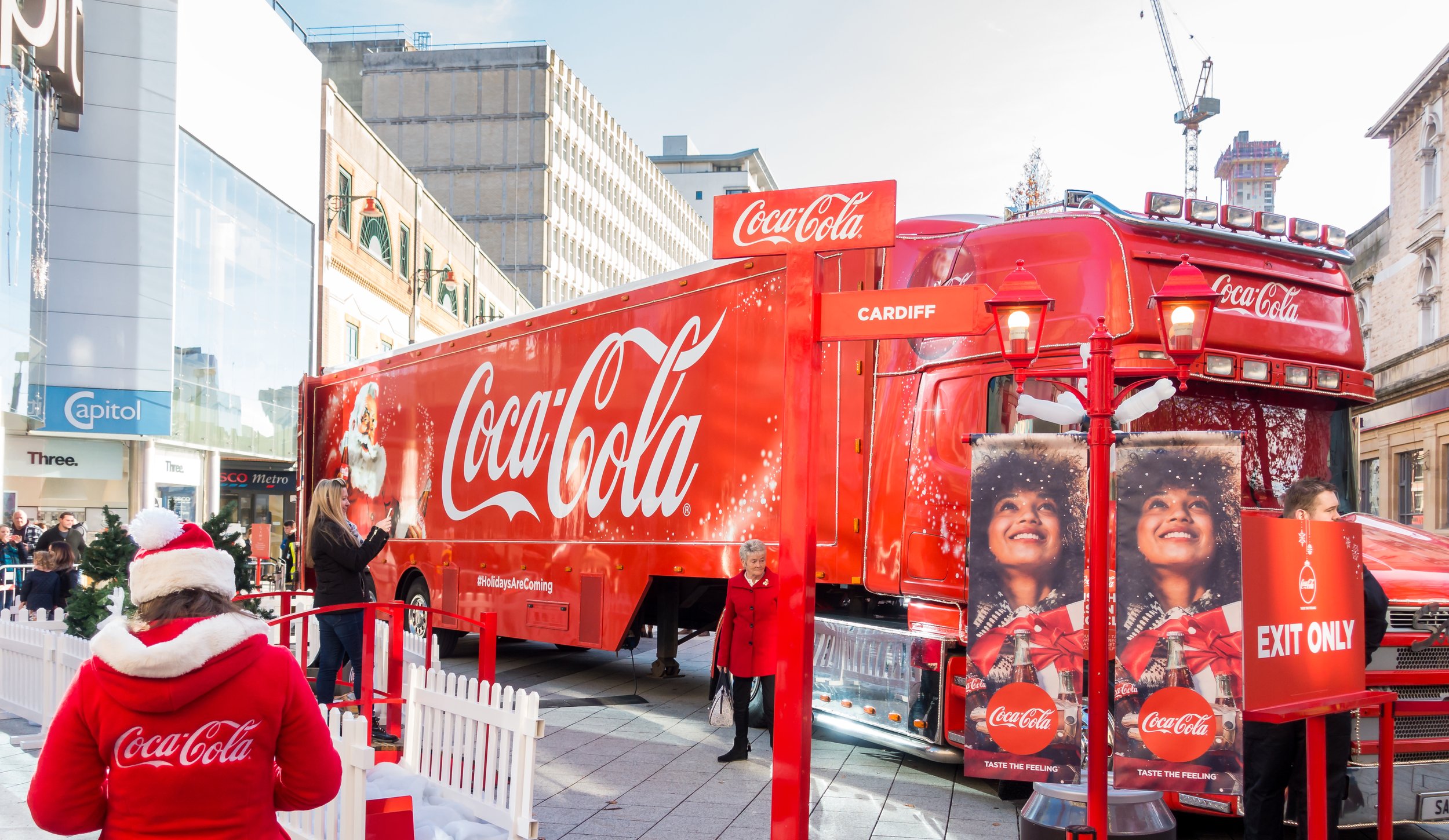Brand Experience
With the drastic switch in shopping habits over the past decade from physical to digital, it’s no surprise to see online sales reaching an all-time high. Just last year, consumers spent $14 billion online during Black Friday and Cyber Monday alone.
But as digital product offerings and sales increase, businesses face increasingly fierce competition to attract digital customers.
If a company can stand out from the crowd though, it can increase the longevity of sales by setting up long-term loyalty between brand and customer.
With the above in mind, the important questions become:
· What is brand experience?
· What does effective brand design look like?
· And how do brands create experience strategies that deliver positive results over time?
What is Brand Experience?
Brand experience is the term given to the impression that your brand leaves on its customers. This encompasses ideas, emotions, knowledge, and reactions a customer may have to your company and its marketing and communications campaigns. Direct marketing efforts, campaigns, and product launches can all influence the brand experience customers have with your company.
The digital world became the dominant customer environment in 2020, the year when online/e-commerce spending for US companies climbed 44% year on year, to $861.12 billion. To compete effectively in this environment, businesses must create a consistent and tailored experience across all their marketing channels. This does mean, however, that some of your in-person experiences will be replaced by digital interactions.
What does effective brand design look like?
When examining brand design, it can be helpful to observe the marketing and communications strategies of the companies that do it best. One such organisation is Coca-Cola, not only the world’s largest beverage company, but one of its most influential brands, with a logo that is globally recognised too. Coca-Cola carefully nurtures this bond between brand and customer through its numerous and varied marketing campaigns, using all possible channels to associate its brand with feelings of joy and happiness.
A great example here is the ‘holidays are coming’ campaign, which Coca-Cola uses every Christmas season, highlighting the ‘most wonderful time of the year’ to marry perfectly with its branding strategy to share in happiness.
Along with its numerous other marketing efforts, Coca-Cola is then able to describe itself as an emotional brand, selling an experience to its customers instead of just a product alone. Coca-Cola’s decision to fuse happiness to its brand image as a whole has created an emotional brand, and has been pioneering this type of brand experience marketing strategy for decades past, and seems that it will do for the years to come.
How do brands create experience strategies that deliver positive results over time?
As little as 39% of business decision-makers say their brand resonates effectively with prospective buyers, which can pose a serious problem: if customers don’t relate your brand to positive emotions, they will be less likely to recognize your products and services in the future.
So, when creating a brand experience strategy, it is important to remember and apply three key components:
Perception – forms a crucial part of brand experience. It includes anything that a customer may have seen or heard in relation to a brand. Perception also relates to the feelings that a particular brand may evoke in a person to create a connection that can drive future sales.
Participation – customers are more likely to associate a brand with a positive experience if they can somehow participate in its marketing campaigns, aside from just seeing them. Such participation happens mostly through social media channels, comment sections, and hashtags related to the company’s marketing efforts.
Personalisation – generic ‘spray and pray’ style marketing campaigns may have produced results in the past, but today’s customers are looking for a highly personalised experience and, armed with all the data they can now gather, companies are well able to tailor campaigns to their customers’ wants and needs.


